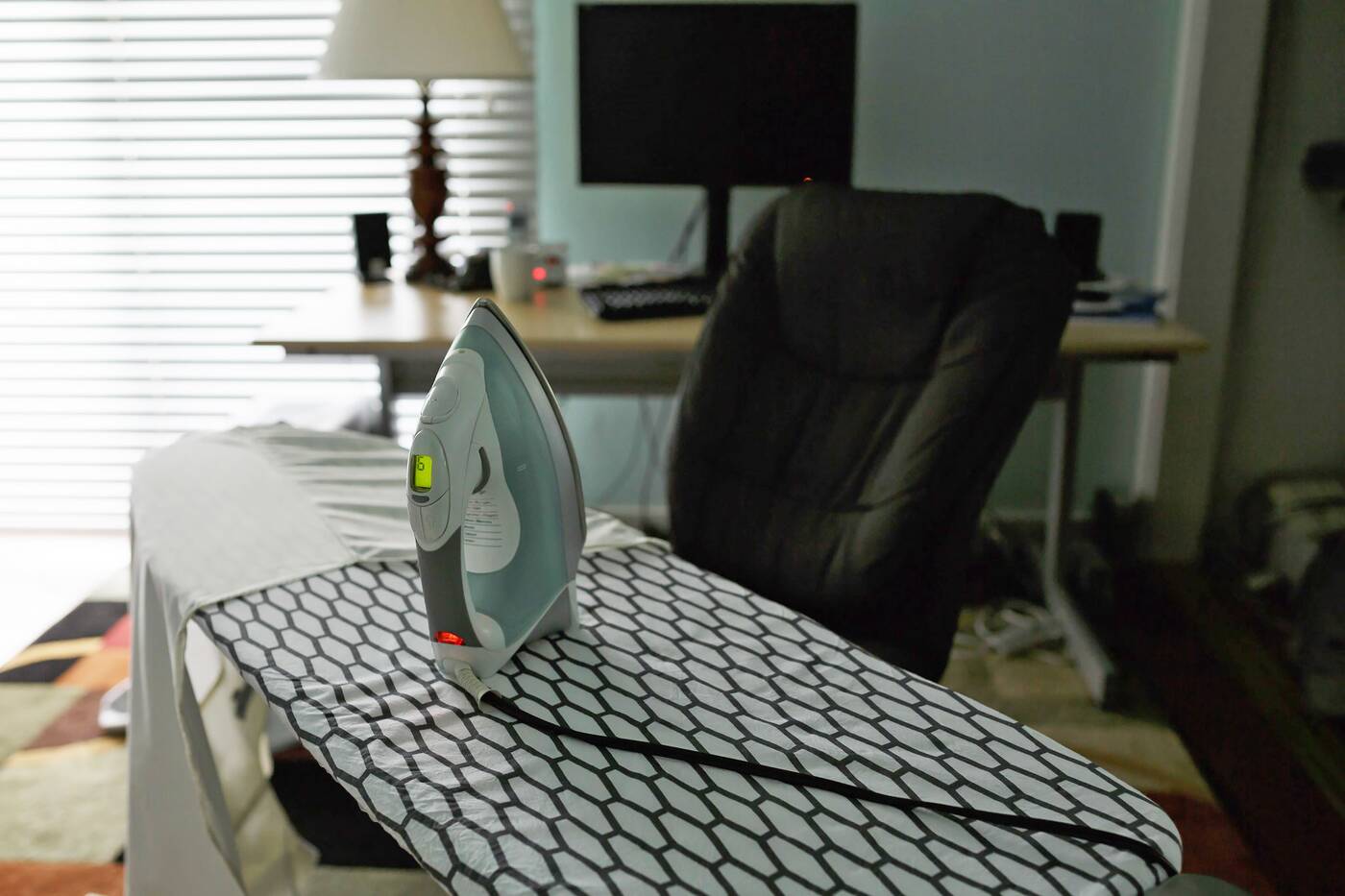5 things Toronto would never have without Black Canadians

Each February, Canada recognizes Black History Month as a way to honour the legacy of Black people in Canada.
Black people and their communities have shaped Canada’s heritage and identity for hundreds of years. Still, their contributions have been largely ignored as a key part of Canadian history.
While Black History Month is a valuable time to celebrate the rich past and present contributions of Black people and their accomplishments, such trailblazers deserve to be celebrated and appreciated year-round.
After all, we would be living in a very different Toronto without the innovations of these essential figures. Here are five things Toronto would never have had without Black Canadians.
Hydro One
Born in Toronto, William Peyton Hubbard was the son of American slaves who came to Canada via the Underground Railroad. He was trained as a baker and used this knowledge to invent and patent a commercial baker’s oven, which he went on to sell through his company, Hubbard Ovens.
Hubbard would go on to work in politics, becoming Toronto’s first Black elected official. He was a trailblazer in the campaign for public ownership of electric power, which prioritized access to inexpensive and locally controlled electricity.

Photo by Marcadian
Working closely with Sir Adam Beck, Hubbard was instrumental in securing support for the Toronto Hydro-Electric System and creating the Hydro-Electric Power Commission, which is known today as Hydro One.
This move lost Hubbard votes from businessmen who favoured privatization, and he was defeated in the polls of the next three elections. However, his impact would go on to last generations, with Hydro One going on to serve the entire province of Ontario.
- You might also like:
- What not to do or say to Black people during Black History Month (or ever)
- Opinion: What it was like growing up with no Black community in a major Canadian city
- This is one of oldest Black churches in Canada and it's still active
Taxi services
Thornton and Lucie Blackburn were a couple who escaped slavery in Kentucky, only to be recaptured in Detroit in the 1830s. With the help of Detroit’s emerging Black populace, the duo was smuggled into Toronto.
Slavery was being phased out in Canada, and it was ruled that the Blackburns could not be returned to a jurisdiction where they would face a sentence harsher than Canadian law would allow — a principle that remains foundational to Canadian extradition law today.
Copying his ideas from the taxis in Montreal, Thornton began what is considered Toronto’s first taxi system. The Blackburns hired a mechanic to build a horse-drawn cab, which they painted yellow with red trim. It wasn’t long before other Cab companies began popping up throughout the city.
Though they only ever owned one cab, Thornton and Lucie ran a successful business and were able to contribute generously to their community, which included billeting freedom seekers in their home.
Shelters for female victims of violence
Anne Clare Cools was born and raised in Barbados, before immigrating to Canada with her family in 1957 when she was 13. Cools was heavily involved in activism, participating in the sit-in occupation at Sir George Williams University to protest against the racist treatment of Black students, for which she was arrested and eventually pardoned.
In 1974, Cools moved to Toronto where she founded and served as executive director of Women in Transition Inc., one of the first shelters for victims of domestic violence in Canada. Due to a high demand for services, she opened a second shelter in the 1980s and co-organized Canada’s first domestic violence conference.
Cools went on to pursue a career in politics, serving on the Senate for over 34 years until her retirement in 2018.
The lawn sprinkler and movable ironing board
Elijah McCoy was a Canadian-American inventor born to former slaves in 1843 in Colchester, Ontario. Due to the 1850 Common Schools Act, which mandated racially segregated schools, McCoy was educated in Black schools until he was sent to Scotland for an apprenticeship where he earned his mechanical engineering certification.
McCoy eventually moved to Michigan, where he could only find work as a fireman and oiler at the Michigan Central Railroad. His engineering skills and inventive mind led to him developing many improved lubricators for steam engines.

Photo by John Loo
Over the years, McCoy earned many patents to his name, mostly for various lubricators, but also for inventions such as the folding iron board and the lawn sprinkler.
Ever heard the phrase “the real McCoy?” Meaning, “the real thing,” this popular expression has been attributed to McCoy’s oil-drip cup invention. McCoy passed away in 1923, but his work and his name live on today.
Black History Month itself
Coming full circle, Canada would not celebrate Black History Month if not for the person who proposed the motion to parliament.
Jean Augustine was born in 1937 in Happy Hill, Grenada, before arriving in Canada in the 60s, where she began advancing her education, participating in grassroots organizations, and serving her community. She became a member of Parliament in 1993 where she continued her advocacy to strengthen minority and women’s rights.
In 1995 she proposed that Parliament recognized February as Black History Month, and her motion was passed unanimously, establishing the tradition of celebrating Black Canadians’ history, culture, and heritage to this very day.

